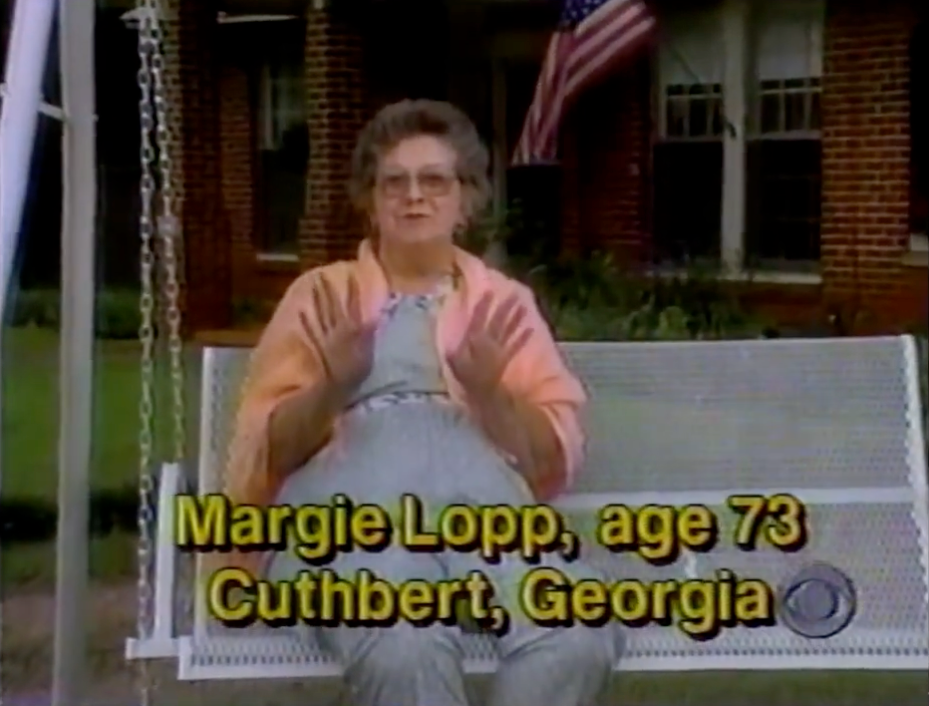WHILE DIRECT MAIL remained a favored method of receiving samples or coupons, ranking second only behind free-standing inserts in newspapers, its popularity has been steadily waning, according to the most recent survey of promotional practices from Largo, FL-based Cox Direct.
In fact, almost all methods of coupon distribution either maintained or slipped in popularity among consumers, with the exception of couponing “at the store electronically” such as through savings clubs or shopping cards, use of which rose from 19% in 1996 to 24% in 1997. Awareness increased as well-consumer knowledge of supermarket savings clubs increased from 62% in last year’s survey to 72%.
Packaged goods manufacturers have recognized this trend. While 100% of all such respondents used direct mail promotions in 1997, up 12% since 1995, the two fastest-growing types of promos were the electronic ones previously mentioned, which increased from 63% in 1995 to 76% in 1997, and Internet promotions, which jumped 25%.
The ability to target consumers has had an impact on coupon distribution. According to figures from NCH NuWorld cited in the report, since 1993 the number of coupon offers has increased by 5% while the average offer size has decreased by more than 12%.
But don’t discount the power of the envelope entirely: Direct mail ranked highest (52%) among consumers as a medium to convey information about grocery and/or health and beauty care products, trailed by in-store promotions (34%) and receiving information in newspapers (32%). As a medium for sampling, the disparity was even greater: Consumers ranked direct mail first by a wide margin (70%) followed by receiving samples at a store (39%) and with newspapers (30%).
Full results of the survey, which reflects consumer, packaged goods manufacturer and grocery retailer attitudes about a wide range of promotional practices, are available from Cox Direct.



